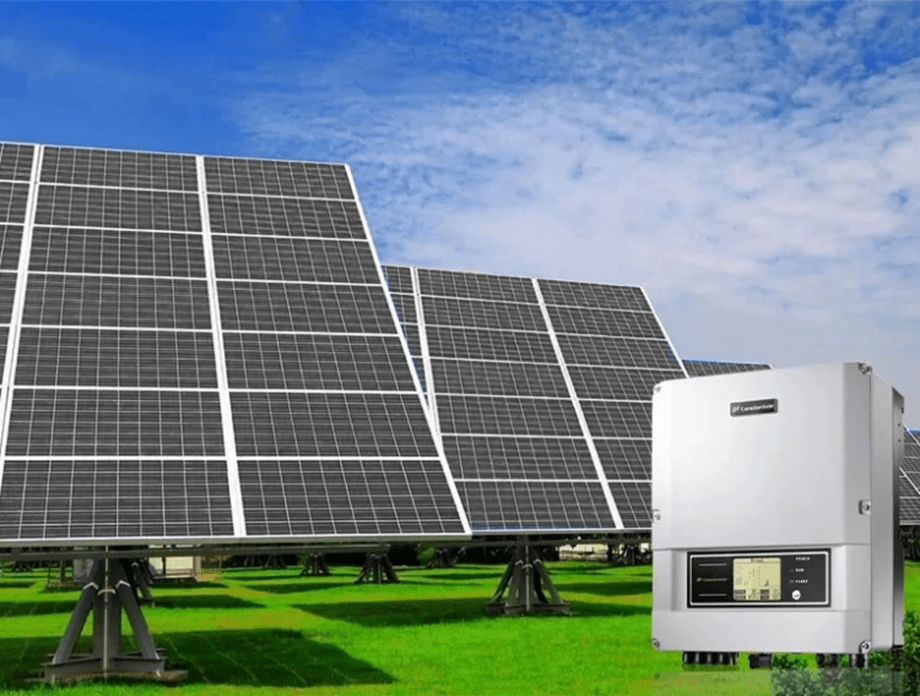Your cart is currently empty!
- Drives (12)
- Ess Inverter (4)
- High Frequency Inverter (5)
- JINKO PANELS (7)
- Low Frequency Inverters (5)
- Mono (4)
- MOUNTING STRUCTURES (0)
- MPPT Solar Charge Controller (3)
- PORTABLE POWER STATIONS (5)
- Solar Pump Inverter (5)
- BATTERIES (13)
- Grid Tied Inverter (19)
- Hybrid Inverters (11)
- Hybrid Storage System (0)
- INVERTERS (53)
- Off Grid Inverter (4)
- SOLAR PANELS (15)
Solar Inverters 101: Everything You Need to Know

Switching to solar is exciting, but there’s one piece of the puzzle that doesn’t get enough attention—the solar inverter. While solar panels soak up sunlight, inverters do the heavy lifting to make that energy usable. Without them, your fancy solar setup would be about as useful as a lamp with no bulb. So, what exactly do inverters do, and why should you care? Let’s break it all down in plain English.
What Does a Solar Inverter Actually Do?
At its core, a solar inverter is like an interpreter for your home’s electrical system. Solar panels generate direct current (DC) electricity, but most homes and appliances run on alternating current (AC). The inverter’s job is to take that raw DC power and convert it into smooth, usable AC power that your lights, TV, and coffee maker can understand.
Think of it like this: If solar panels were speaking one language (DC), but your home only understands another (AC), the inverter acts as a translator, ensuring smooth communication. Without an inverter, your solar panels would be nothing more than expensive sun catchers.
Different Types of Solar Inverters and How They Work
Not all solar inverters are created equal! There are three main types, each with its own strengths and weaknesses. Let’s break them down:
1. String Inverters – The Classic Choice
These are the most common and cost-effective type of solar inverter. A string inverter connects multiple solar panels in a series (or “string”), and all their energy gets converted at a single central unit. While this setup works well for many homes, there’s one major downside: If one panel underperforms (like when shaded by a tree), the whole system slows down.
2. Microinverters – The High-Performance Option
Microinverters are tiny devices attached to each individual solar panel, converting power independently. This means shading on one panel won’t affect the others, making your system more efficient. They’re a bit more expensive than string inverters, but if you want top-notch performance, they’re worth it.
3. Hybrid Inverters – The Best of Both Worlds
Hybrid inverters can manage both solar panels and battery storage, allowing you to store excess power for later use. This is a great option if you’re considering energy independence or preparing for power outages. They offer smart energy management and are perfect for homes planning to add battery storage in the future.
Common Solar Inverter Problems and How to Fix Them
Like any piece of technology, inverters can sometimes act up. The good news? Most issues are easy to identify and fix.
1. System Not Producing Power
If your inverter isn’t generating power, check if it’s turned on and properly connected. Sometimes, a simple reset is all you need. If that doesn’t work, you may have a wiring issue, so call a professional.
2. Error Codes and Warning Lights
Most modern inverters display error messages when something goes wrong. Check the manufacturer’s manual to decode the message, or look for online troubleshooting guides. If the issue persists, professional assistance is your best bet.
3. Overheating Issues
Inverters work hard, and just like laptops, they can overheat. Ensure your inverter is installed in a cool, ventilated area and away from direct sunlight to prevent excessive heat buildup.
Why Choosing the Right Inverter Matters
A solar inverter is the brain of your solar system. If you choose the wrong one, your entire setup could underperform. Whether you opt for a budget-friendly string inverter, a high-efficiency microinverter, or a future-proof hybrid inverter, make sure it matches your energy needs.
Investing in a quality solar inverter means more efficient energy conversion, better reliability, and fewer headaches down the road. After all, a smart solar system isn’t just about collecting sunlight—it’s about making the most of every single ray.
Final Thoughts
Solar panels may get all the attention, but inverters are the unsung heroes of any solar system. They ensure that the energy from the sun is transformed into usable power for your home. Whether you’re going off-grid, adding battery storage, or just looking for an efficient setup, picking the right inverter makes all the difference.
So next time you admire your solar panels, don’t forget to give a little nod of appreciation to the hardworking inverter keeping everything running smoothly! ☀️🔌

Leave a Reply